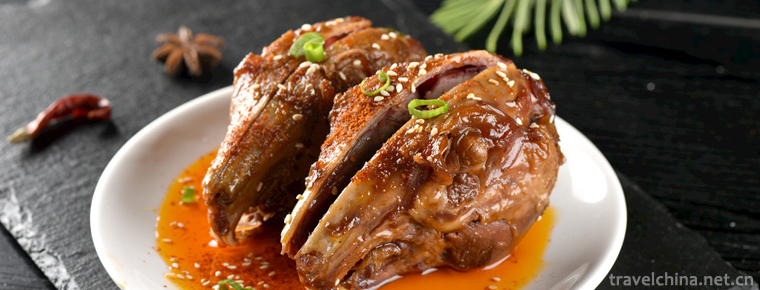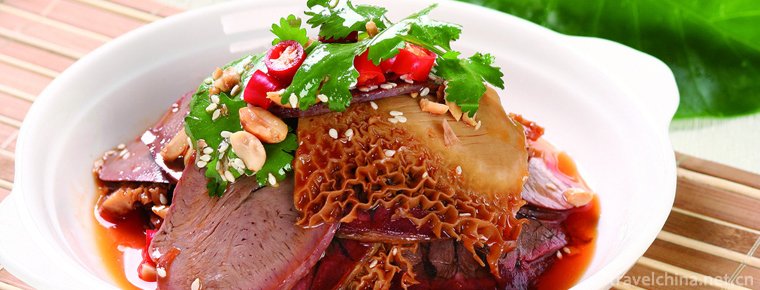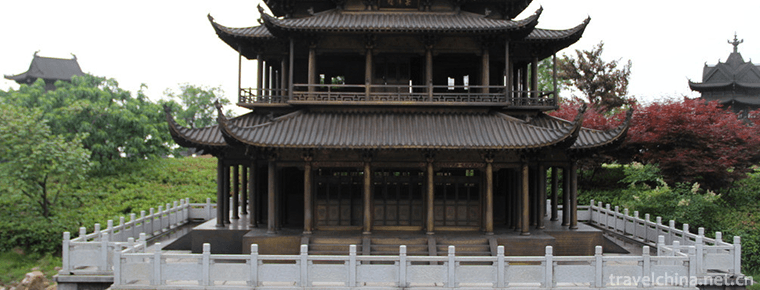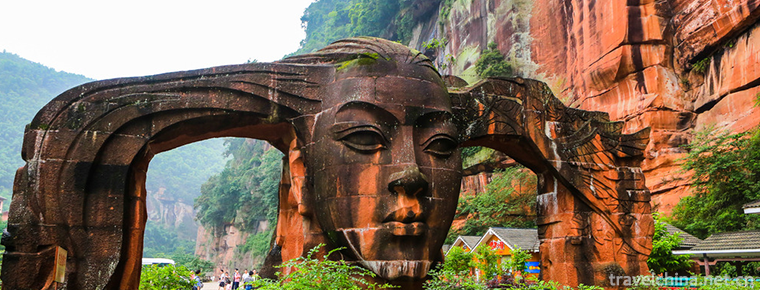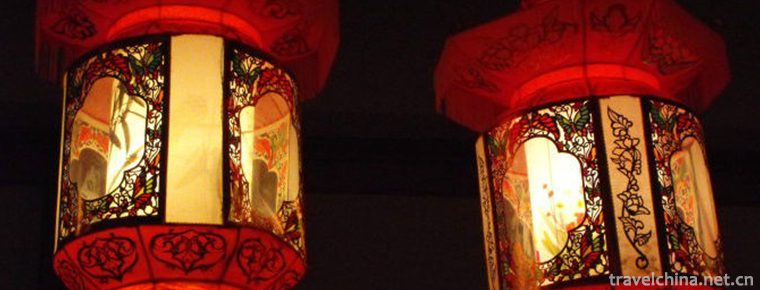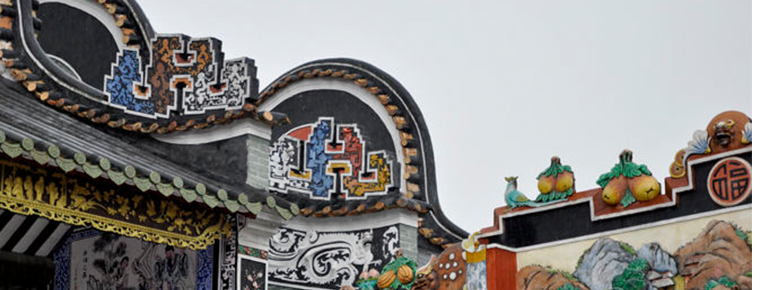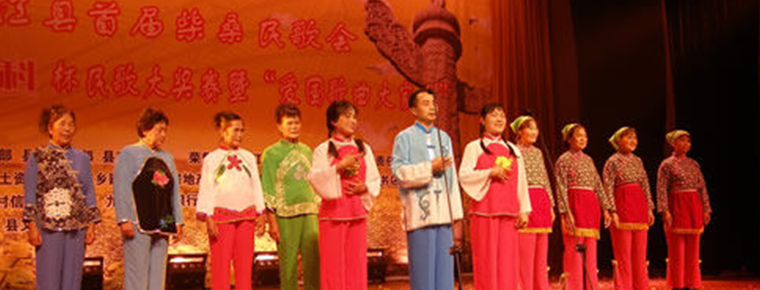Dai Elephant Foot Inspiration
Dai Elephant Foot Inspiration
There is also a legendary story about the origin of the Dai elephant drum. Legend has it that Mengzhai area in ancient times was a beautiful lake rippling with blue waves. But there are pythons and tortoises on the lakeside. They make misdeeds everywhere and devour human beings and animals. Later, a Dai warrior came to the lake with a group of hunters, destroyed the pythons that devoured human beings and animals, and took skins to knock on hollow trees and bamboo barrels for pleasure, thus forming drums. A few years later, two elephant tamers changed the drum into the shape of feet and legs. Since then, elephant foot drums have appeared in Dai people. Among the numerous Dai folk dances, "elephant foot drum" can be said to be more representative.
On June 7, 2008, the Dai elephant foot drum was listed in the second batch of national intangible cultural heritage list with the approval of the State Council.
Historical evolution
Dai elephant foot drum dance has a long history, fast rhythm, changeable, artistic expression and appeal. In 2006, it was listed in the first batch of intangible cultural heritage protection list of Yunnan Province by the Yunnan Provincial Government, and in 2008, it was listed in the second batch of national intangible cultural heritage by the State Council.
The elephant foot drum of the Dai nationality is an ancient national musical instrument of the Dai nationality. The book Biography of Baiyi written by Qian Guxun, a Ming Dynasty man, says that the Dai people "take sheep's skin as three or five long drums and pat them with their hands". The "three and five long drums" here refer to the elephant foot drums, which are three to five feet in length. It can be seen that before the Ming Dynasty, the Dai people had elephant foot drums.
About the origin of elephant foot drum, there is a very interesting story among Dai people. It is said that long ago, the Dai people suffered from annual floods, and people were not allowed to live and work in peace and contentment. Later, it was known that it was a dragon who did evil. Everyone hated Jiaolong. There was a brave Dai youth who was determined to fight for the people. With the help of his villagers, he finally killed Jiaolong. In celebrating the victory, people, in order to express their hatred for the evil dragon and their longing for a happy life, peeled off the skin of the dragon and imitated the feet of the white elephant, which symbolized good luck. From then on, the sound of footdrums rang through the Dai villages, expressing the joy of the Dai people. In the eyes of the Dai people, elephants in beasts and peacocks in birds are regarded as symbols of auspiciousness. Therefore, when the elephant drum sounds, men, women, old and young all dance happily.
Elephant foot drum dance is one of the most popular and distinctive mass male dances in Dai dance. Because of the elephant foot inspiration, so the name elephant foot inspiration. Elephant foot drum plays an important role in Dai's cultural life. Every spare time, festivals or drum contests, young men with feet like drums come from villages and dance vigorous, thick and flexible elephant feet to inspire them. Where is the sound of drums like feet? There are happy people everywhere.
Style and characteristics
Dai elephant foot drum is divided into three kinds: long elephant foot drum, medium elephant foot drum and small elephant foot drum. Elephant foot drum dancing movements are not much, with a variety of playing methods, drum points are rich. There are hand-to-finger, two-finger, three-finger, palm, punch, elbow, even foot, head, mostly for one person performance, or dance accompaniment. Mid-elephant drums are usually punched with fists and hammers are used in individual areas. It does not have more drum points, usually a beat, individual areas of the left finger with a weak beat. The standard is the length of drum, the timbre level and the size of drum tail swing when dancing. It is said that the elder drummer can play a hammer drum to unlock all the buttons of his clothes, and then a hammer drum to button all the buttons, the drumming is still incomplete. The middle elephant foot drum steps are firm, steady and vigorous, and there are many big movements and dancing gestures. When dancing, there is no limit to the number of people. When people are small, they fight in circles. When people are large, they fight in circles. Elephant foot drums are common only in Xishuangbanna. They dance flexibly and are characterized by fighting drums and playing drums. In the battle and match, we win by flexible, witty attack, concession and finally grabbing the opponent's hat or Baotou. Generally, it is a two-person match .
The elephant foot drum dance is the main accompaniment instrument of Dai dance besides its rich and colorful dance. As long as people hear drums, they can't help shaking and dancing. When accompanying peacock dance, they form unique drums. For example, when elephant foot drums beat "about breaking down, about breaking down, about breaking down and about joining Jolie", that is to say, "well lift, well lift wings." Peacock dancers hear this drumming point, that is, do the movement of lifting wings.
In order to make the drum sound rounded, soft and prolonged, rice balls rubbed with glutinous rice must be glued on the drum surface before playing. The long elephant drum, the small elephant drum and the middle elephant drum in some areas stick to the center of the drum, while the middle elephant drum sticks to a circle about seven centimeters in diameter. In addition, in order to beautify and increase the swing range of the drum tail, some middle elephant feet are decorated with clusters of peacock feathers on the drum tail.

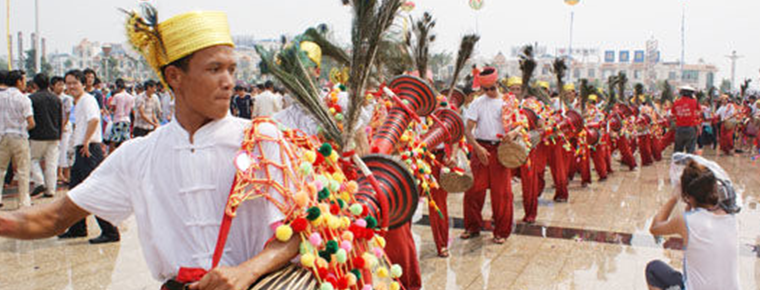
-
Rabbit head
Rabbit head is a traditional snack in Sichuan Chengdu, Shanxi Datong and Zhejiang Quzhou. .
Views: 225 Time 2018-10-13 -
Sliced beef and ox organs in chili sauce
Sliced beef and ox organs in chili sauce is a famous dish in Chengdu, Sichuan.
Views: 421 Time 2018-10-13 -
Yueyang Tower and Junshan Island Scenic Area
Junshan Island, formerly known as Dongting Mountain, Xiangshan Mountain and Youyuan Mountain, is located in the territory of Yueyang City. It is an island in Dongting Lake, 800 li away from Yueyang To.
Views: 139 Time 2018-12-12 -
Danxia Chishui
Danxia National Geopark in Chishui City, Guizhou Province, is located in the southern edge of Sichuan Basin, close to the northern foot of Daloushan Mountain in northern Guizhou Province and the weste.
Views: 214 Time 2019-01-05 -
Kaiping Garden
Kaiping Liyuan is located in Bohua Village, Tangkou Town, Kaiping City, Guangdong Province. It is a private garden of Xie Weili, an overseas Chinese traveling to the United States in Tangkou Town.
Views: 130 Time 2019-01-29 -
Lantern Festival
It is closely related to the folk custom of Lantern appreciation in China. According to textual research, lantern appreciation began in the Western Han Dynasty and flourished in the Sui and Tang Dynas.
Views: 115 Time 2019-04-26 -
Ha Ni Ha Ba
Ha Ni Ha Ba, an important part of Chinese Hani folk literature. Hani Haba, which means Hani ancient songs, is a popular and far-reaching folk song in Hani social life..
Views: 342 Time 2019-05-02 -
Grey plastic
Gray plastic gray plastic, known as gray batch in ancient times, is the traditional architectural decoration technology in Lingnan area. The material is mainly lime. .
Views: 346 Time 2019-05-04 -
Jiujiang folk songs
Jiujiang folk song is a traditional folk song that is popular in the surrounding areas of Chengmen, Ma Huiling, Huanglao Men, Lion and Chengzi Town in Jiangzhou District, Jiujiang City.
Views: 185 Time 2019-05-08 -
Yao Peoples Playing Hall
The Playing Hall is a folk grand gathering of memorizing ancestors, recalling history, celebrating harvest, rewarding vows, disseminating knowledge and mass entertainment activities in Liannan Paiyao..
Views: 285 Time 2019-07-11 -
Jinhua Alsophila Nature Reserve
Jinhua Alsophila spinulosa nature reserve is a provincial nature reserve approved by Sichuan Provincial People's Government in 1987. In sifangjinggou, Jinhua Township, 48 kilometers southwest of Rongxian City.
Views: 156 Time 2020-10-15 -
Jintang Yunding mountain scenic spot
Jintang Yunding mountain is located in the middle section of Longquan Mountain in Jintang County, Chengdu. The scenic spots include Yunding mountain, Hantan ancient ferry, Jintang small Three Gorges of Tuojiang River.
Views: 203 Time 2020-11-05
